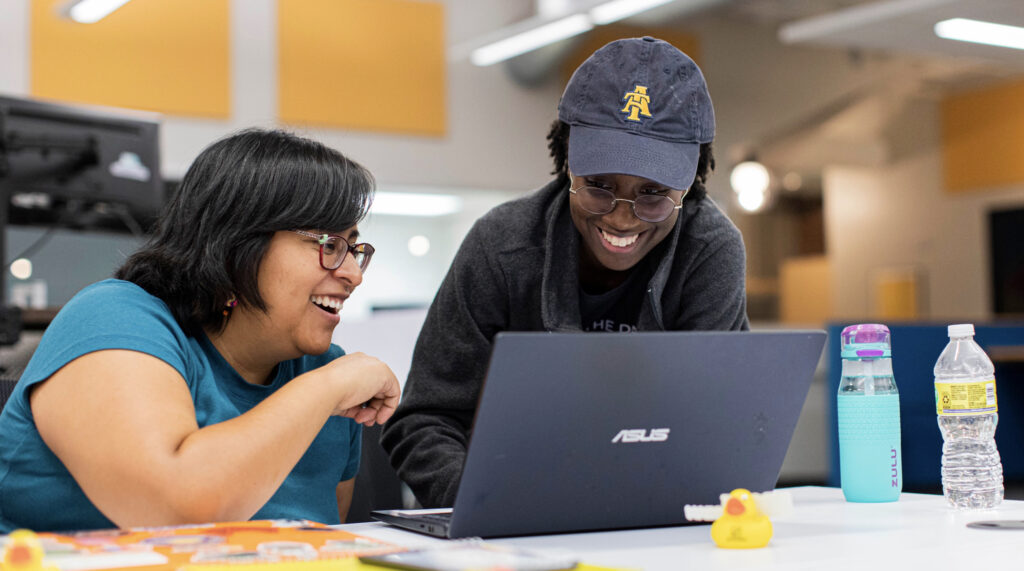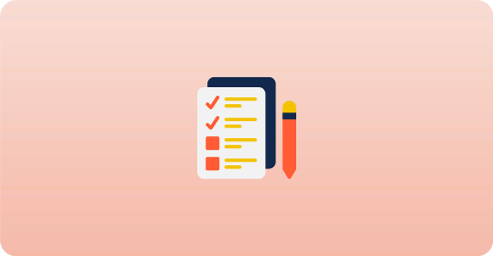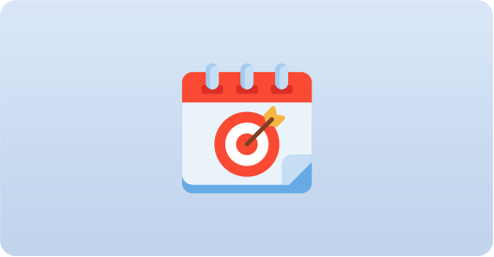
Career Pathways
Code The Dream’s program offers two career tracks: Web Development with Full-Stack Javascript or Data Engineering with Python. Students can only choose one pathway, and all your courses will fit into that track. Learn more about our career pathways and take our short quiz to help decide which pathway is right for you.
choose your
track
pre-work
Programming
PATH I: Web Development
with fullstack JavaScript
Express
Practicum
Labs
apprenticeship
or jobs
Developer
PATH II: Data Engineering
with Python
100
200 +
Databases
Practicum
jobs
Engineer
choose your
track
pre-work
Programming
PATH I: Web Development
with JavaScript
Express
Practicum
Labs
apprenticeship
or jobs
Developer
PATH II: Data Engineering
with Python
100
200 +
Databases
Practicum
jobs
Engineer
The Flipped Classroom Model
Code the Dream “flips” the traditional classroom model by having students engage with videos, articles, and assignments at home before getting hands-on practice in live group sessions. The goal of a flipped classroom is to make better use of class time by shifting passive learning outside of class and active learning into live sessions. This allows for all the flexibility students need – they can pause and rewatch videos, work ahead when they want, and find 1:1 mentor support if they need help.
Our Mentors

Working Together
Some of the best learning happens in collaboration. CTD students work with mentors who help guide them through our classes. Our mentors are professional software developers who are knowledgeable and experienced in the tech sector, and they are passionate about teaching new programmers.
Each week, students attend a 1:1 session with a mentor for individual support and a one-hour live group session with several other students to get collaborative practice.
A Week in the Life of a CTD Student
Our flexible program allows you to choose when to attend live sessions and 1:1 appointments.
Here’s one example of a week in the life of a CTD student.

Monday
Meet with a 1:1 mentor to get any additional help before your coding assignment is due. Review any class material on your own as you complete your coding assignment. Double-check it to make sure everything is working correctly

Tuesday
Submit your coding assignment and your mindset assignment and get ready for the next lesson!

Wednesday
Today is the first day of the CTD week and your instructor will share a new lesson via Slack, Review or start your lesson materials in the CTD Learns app and plan your week. Plan to attend at least one hour long group session for the week. If none of the group sessions fit your schedule, schedule a 1:1 session with a mentor.

Thursday
Begin reading and watching all class materials and video content, coding and making notes of questions as you go. If this is the day for your group or 1:1 session, do so. Begin reflecting on the mindset questions in your homework.

Friday
If you received a “needs revisions” result on last week’s homework, review the feedback and make the necessary corrections. Share questions or study tips you’ve encountered so far this week. Finish reviewing all class videos and articles and begin your coding assignment.

Saturday
If you have homework corrections from last week re-submit your assignment. Continue to work on your coding assignment for the current week. Set up a 1-on-1 mentor appointment to get any questions answered. Finish your mindset questions.

Sunday
Attend another live mentor session to get help with any coding assignment struggles. Reach out to other students to work together.
Frequently Asked Questions
What Our Alumni Say
Testimonials
-

Taking CTD classes has been a transformative journey for me. I’ve learned so much, but what I cherish most are the friendships I’ve built and the confidence I’ve gained. These classes helped me see my potential, and I can’t recommend them enough!
-

CTD’s classes have truly been life-changing. The knowledge and connections I’ve made as a student have opened doors previously closed to me and allowed me to pursue my dream of becoming a web designer and developer.
-

I am so grateful to Code the Dream. I’ve had impostor syndrome all my life and thought I would never be able to fulfill my dreams of becoming a programmer. CTD has given me a second chance and it’s been so rewarding to learn a new and challenging skill in such a supportive environment.
-

As someone who began their journey in web development through self-study, I understand the challenges of navigating this field alone. Programs like Code the Dream are crucial because they offer structured learning, mentorship, and a community of peers who share the same aspirations and challenges.
-

Attending the mentor sessions and having one-on-one meetings with the mentors were some of the most valuable aspects of my CTD class experience. The organization has a great culture and everyone has a growth mindset. The mentors were extremely helpful and had solutions to the students’ concerns or problems.
-

Code the Dream has had a profound impact on my life. Learning to code isn’t just about technical skills, it’s also about discovering a new way to be creative. Thanks to CTD, I now have the knowledge and confidence to pursue a fulfilling path in the tech industry, while helping to support my family.


